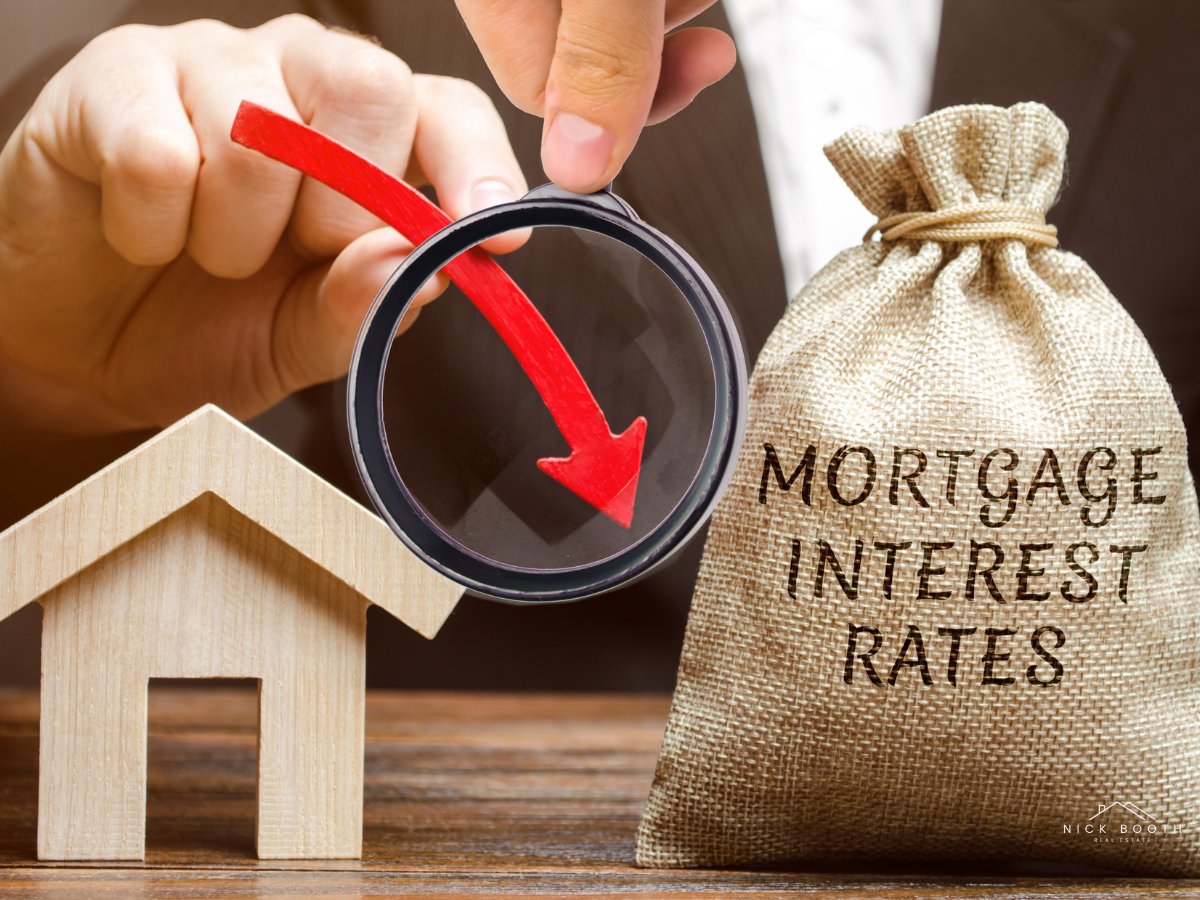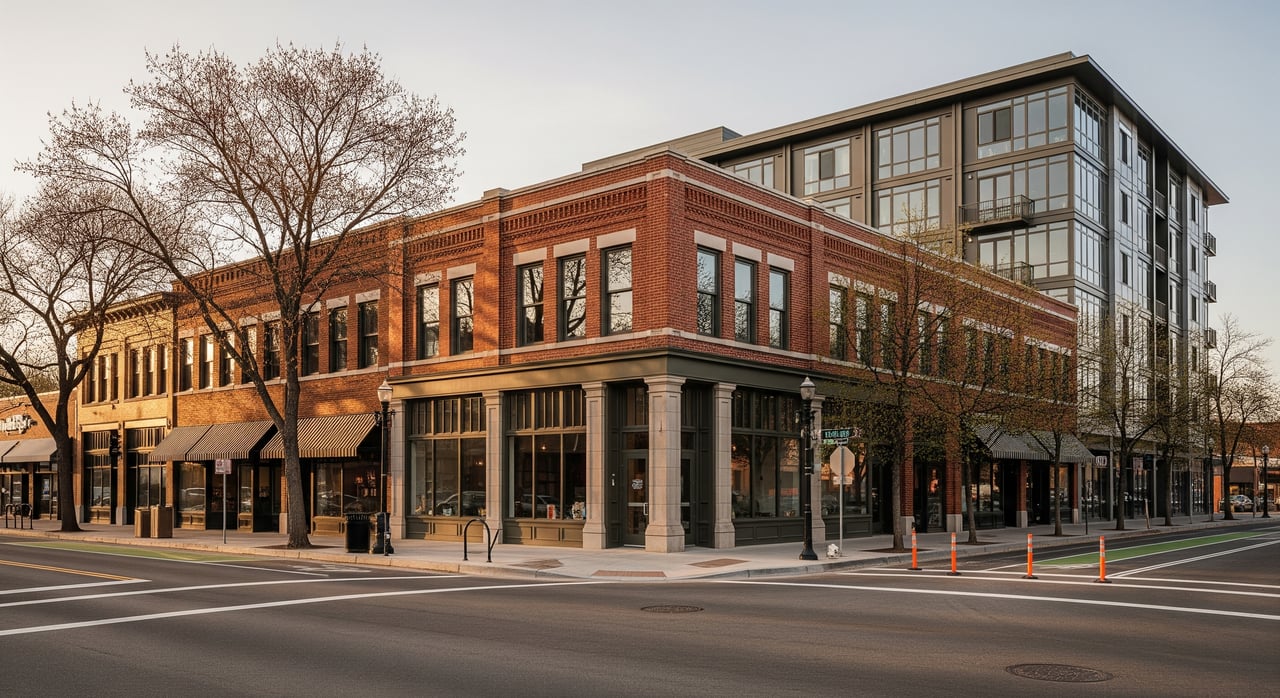Let’s talk about where mortgage rates are right now, and more importantly—where they might be headed.
As of this weekend, conventional 30-year fixed mortgage rates are sitting around 6.75%. That's down slightly from the highs we saw in 2023, but still well above the ultra-low rates many homeowners locked in during the pandemic era. For many buyers, that number feels like a speed bump. But what if I told you that number might not stay that high for long?
Let’s break down what’s happening in the market, what economists are watching, and why big names—including Trump—are putting interest rates front and center again.
A Look at the Current Rate Landscape
After a rollercoaster year in 2023, mortgage rates have settled a bit—but they're still hovering near the high-6s. The national average for a 30-year fixed mortgage is around 6.75%, though your actual rate could vary depending on your credit score, down payment, and lender.
What’s behind these numbers? Mortgage rates are influenced by several key factors:
-
The Federal Reserve’s federal funds rate
-
Inflation and economic growth forecasts
-
Treasury yields (especially the 10-year note)
-
Lender competition and risk tolerance
While the Fed doesn’t directly set mortgage rates, its policies send strong signals to markets—and those signals ripple out fast.
Could the Fed Actually Cut Rates Soon?
Here’s where things get interesting. Speculation is growing that the Federal Reserve could begin cutting the federal funds rate later this year or early next, especially if inflation continues to cool and the labor market softens slightly.
A cut in the Fed’s benchmark rate would likely trigger lower borrowing costs across the board, including for mortgage loans—though mortgage rates don’t typically fall 1:1 with Fed cuts. It’s more like a slow domino effect through the broader economy.
Lower rates would:
-
Increase buyer affordability
-
Spark refinancing activity
-
Revitalize parts of the real estate market that have slowed down
Trump Wants Interest Rates Below 1%—What Would That Mean?
Now, let’s talk about a big headline: Former President Donald Trump is pushing hard for a rate cut down to 1% or even lower. In recent months, he’s gone public with strong criticism of Fed Chair Jerome Powell, arguing that high rates are choking growth and making debt too expensive.
Whether or not the Fed actually listens to political pressure, this kind of rhetoric brings attention to a question many in real estate are asking: What would happen if rates dropped dramatically again?
Would we see another wave of buyers? Would prices explode again? What would happen to housing affordability, investor activity, and inventory?
I Wrote an Entire Article About That Very Question
If you're curious what a move to 1% interest rates could do to the real estate market, I put together a full article titled:
👉 “What If Interest Rates Dropped to 1%? How a Massive Rate Cut Could Reshape Real Estate”
In it, I break down:
-
The mechanics of how federal rate cuts affect mortgage rates
-
How affordability, home prices, and inventory could shift
-
The potential risks of overheating or inflation
-
Who stands to benefit the most if rates drop that low
Whether you're a buyer, seller, investor, or just love following real estate trends, it's a powerful look into a very real possibility.
So, What Should You Do Right Now?
Here’s the takeaway: If you're thinking about making a move—buying, selling, or refinancing—this is a crucial time to stay informed and stay flexible.
-
Buyers: Today’s rates may feel high, but waiting for the “perfect” rate could cost you in rising home prices. If rates drop, expect a wave of competition to return.
-
Sellers: A potential dip in rates could mean more qualified buyers entering the market soon.
-
Investors: Lower rates = higher leverage. If you're thinking about adding to your portfolio, keep a close eye on Fed policy.
The market moves fast, but with the right knowledge and a solid strategy, you can stay ahead of the curve.
Ready to navigate the current mortgage landscape? Let’s connect. I can help you build a real estate strategy that makes sense—no matter where rates go next.





